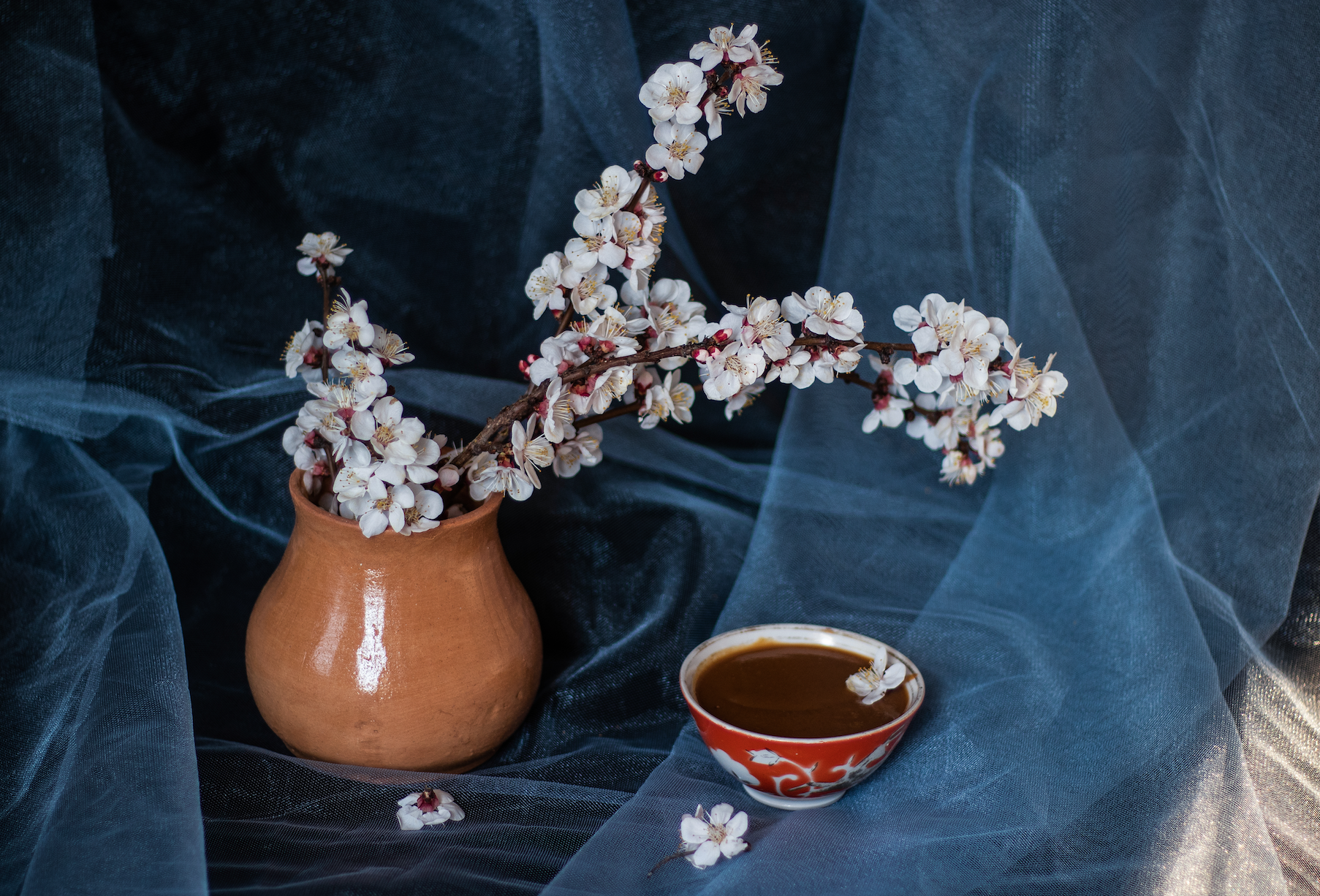Navruz International
Navruz, the day of the spring equinox, marks the beginning of a new year for more than 300 million people around the world and has been celebrated for around 3,000 years in the Balkans, the Middle East, the Caucasus, Central Asia, the Black Sea basin and other regions.
Text by Odina Ulugbekjanova
Photos by Mukhiddin A Lee and Oyjon Khayrullaeva
Dating back to the 7th century BCE, Navruz is considered among the most important and oldest holidays in the world. It was included on UNESCO’s Intangible Cultural Heritage list in February 2010, and the United Nations General Assembly declared 21 March the International Day of Navruz. It is a holiday that promotes peace and unity, both between generations and within families, contributing to the preservation of cultural diversity and the strengthening of friendship between different peoples and communities.
In most countries, the celebrations and rituals are quite similar to those in Uzbekistan: the main ritual starts on the night of 21 March. This is the time to prepare the main dish sumalak, which is made of wheat that is boiled for around 12 hours (the longer, the better). All of the neighborhood gathers around a huge bowl, singing songs, dancing and generally having fun, each waiting for their turn to stir the sumalak.
The next day, it’s time to taste-test the sumalak. When you do, you must make a wish – it will certainly come true. Sumalak is a sweet dish best eaten by dipping freshly baked bread into it. In many cities, locals arrange concerts, dances, exhibitions, competitions in national sports and rooster fights (this age-old tradition is not necessarily condoned by animal welfare groups). Spring snacks, usually stuffed with greens, are distributed everywhere. Everyone around the country feels the spirit of this holiday: it feels like a renewal, pure nature and unity with the people around you.
Distinctive features of Navruz in different countries
Turkey
Local belief holds that the first thing you see on the first day of Navruz will be with you the whole year. So, people put items of abundance on their tables, such as sprouts, pita bread or coins. Also, unlike in most of other countries, Navruz is not an official public holiday in Turkey.
Azerbaijan
In Azerbaijan, it is tradition to have seven dishes on the table, all of them starting with the letter ‘s’. In addition, candles, a mirror and dyed eggs are placed on the table, each of which has special meaning. Candles are fire, symbolising a light that protects people from the evil eye. A mirror symbolises clarity. Dyed eggs represent life and the awakening of nature through their colours, namely green. Azerbaijanis typically use natural dyes made of onion hulls or beetroot juice. During the holiday, an egg-beating competition is also held. Whoever wins will bе lucky in the coming year.
Kyrgyzstan
On the day of Navrus in Kyrgyzstan, the house is cleansed with juniper smoke, which is said to expel evil spirits. This must be done before laying the festive table, on which there should be seven types of treats that people want to be plentiful in the coming year.
Kazakhstan
Nauryz kozhe is the must-have dish on Kazakh festive tables. It is a rich soup made from seven ingredients, which generally include meat, water, flour, butter, millet (or rice or corn), salt and milk. The meat and milk often come from horses. Each component of the dish symbolises one of seven life principles: growth, good luck, happiness, wealth, health, wisdom and heaven. The ingredients are poured into seven bowls and placed in front of aksakals (wise elders).





